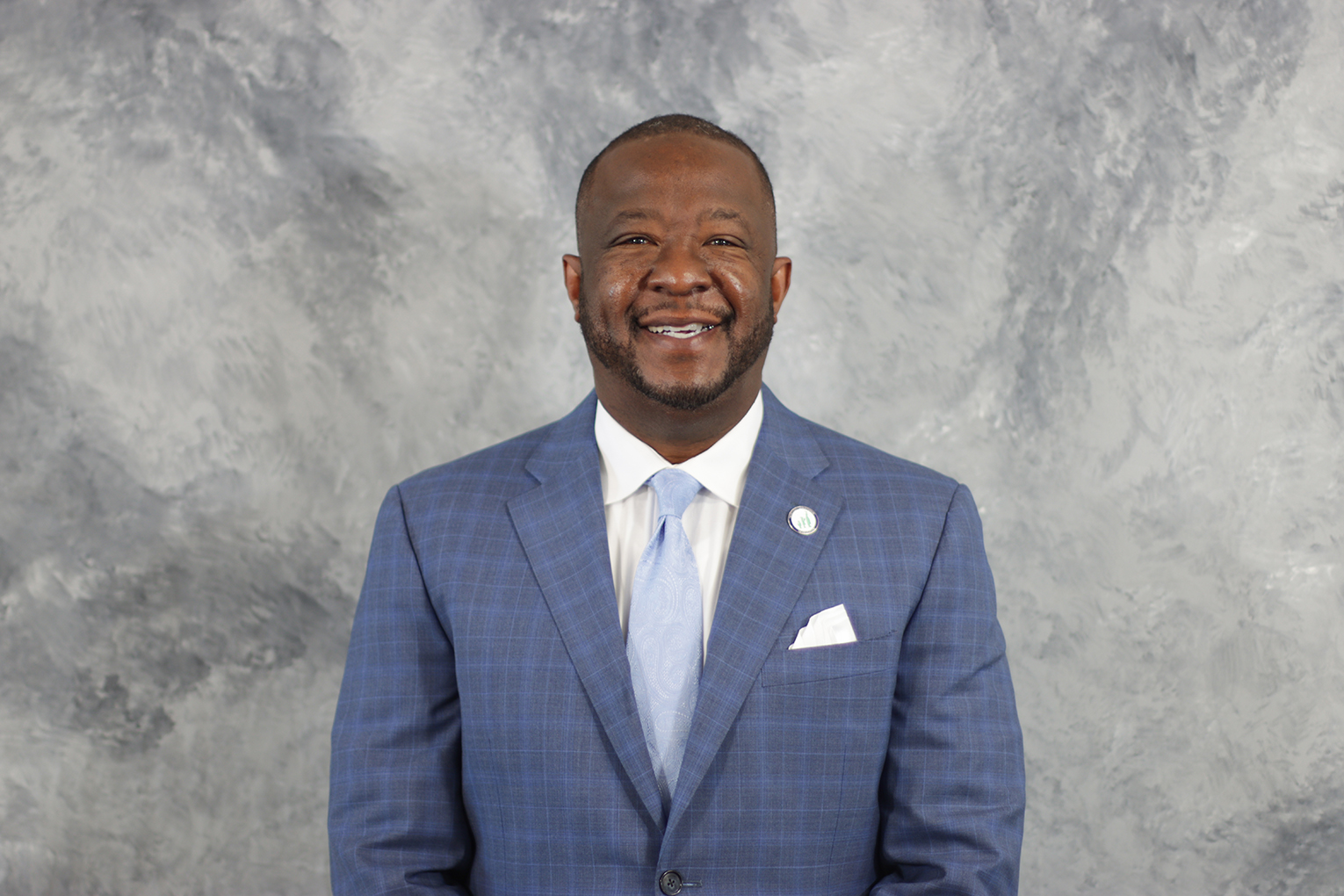 (FRANKFORT, KY) – Members of the Kentucky Department of Education’s (KDE’s) Commissioner’s Student Advisory Council discussed school safety reports and youth mental health during their council meeting on Feb. 27.
(FRANKFORT, KY) – Members of the Kentucky Department of Education’s (KDE’s) Commissioner’s Student Advisory Council discussed school safety reports and youth mental health during their council meeting on Feb. 27.
Blake Konny, a Safe and Supportive Schools program consultant from KDE’s Office of Continuous Improvement and Support, said last year there were 634,424 students enrolled in public schools and roughly 92,700 of those students were involved in one or more behavior events.
Konny said the data and reports presented were a summary of behavior events that involved specific violations including assault, violence, weapons, tobacco, alcohol, drugs, bullying, and harassment. The report also includes behavior events that resulted in expulsion, in-school removal, in-district removal, out-of-school suspension, or corporal punishment which were collected through the state’s student information system, Infinite Campus.
The data was separated by sex, race and ethnicity, grade level, socioeconomic status and location.
“A majority of events take place inside the classroom, that is by far where we see the most behavioral events taking place,” said Konny. “However, we have seen an increase in the hallways and restrooms.”
The data report shows that 165,832 events occurred inside the classroom during the 2022-2023 school year, the most recent year for data. A total of 44,601 events happened inside the hallways and staircases, which was a marked increase compared to the 2021-2022 school year, when there were 27,918 incidents.
Konny also noted the uptick in vaping products within schools.
“Nicotine vapor products account for 14,886 of the reported behavior events and THC electronic vapor devices were cited 4,442 times,” said Konny.
Konny said reports show male students account for twice as many in-school removals and out-of-school suspensions than females.
Over the past school year, there were 69,612 behavioral incidents involving female students who received in-school and or in-district removals, compared to 139,073 incidents involving male students.
“After the behavior takes place, typically it is up to the administration to decide the disciplinary response,” said Konny. “In the 2022-2023 school year, 208,685 students had an in-school or district removal. Other resolutions such as detentions, time out and calls home are not reported in the safe schools statistical report.”
Konny said there is also a correlation between these referrals and the socioeconomic status of the students.
“Students from lower socioeconomic status make up 59.6% of the student population, but are responsible for 76.3% of all behavior referrals,” he said.
Konny asked the council to reflect on the data and think about who needs to be influenced to change the outcome of these students and reduce behavioral events.
“I know from growing up in an impoverished area where the crime rates are high, it is hard for students to focus on school and getting a chance to go anywhere because they are not motivated to try harder,” said Seth Langford, a sophomore at J. Graham Brown School (Jefferson County). “I think if we can help students see no matter what their current situation looks like, they can always improve.”
“I would say within the school, especially in comparison to other personnel in the school, teachers have the highest ceiling to influence student behavior because of the time spent with them,” added Peter Jefferson, a junior at Henry Clay High School (Fayette County).
The state, district and school-level behavior data are available through the Kentucky School Report Card.
Youth Mental Health
Damien Sweeney, director of the Diversity, Equity, Inclusion and Belonging Team in KDE’s Office of Teaching and Learning, spoke to the council about the importance of belonging and inclusion.
“In our elementary schools, 8% of our elementary students, 15% of our middle school students and 22% of our Kentucky high school students either disagree or strongly disagree with the statement, ‘I feel like I am a part of my school’,” said Sweeney.
He asked the council members about what adults in their school have done to help them feel included or as if they belong.
Tanvi Rakesh, a junior at Cooper High School (Boone County) said, “Our school counselors are very involved with our student body and check in on students as often as possible. Many of our students feel comfortable reaching out to them.”
“Efforts made by my school for me to express my African culture in the multicultural fair or African fashion show have made me a lot more confident about my heritage,” said Anopa Musoni, a senior from Lafayette High School (Fayette County).
Sweeney took the students through a breathing exercise and created a space for students to discuss some areas in their lives that they are proud of, including moments when they have overcome mental health challenges as well as situations in and out of the classroom.
“I’m proud of myself for pushing through the end of my senior year and continuing to work hard in classes,” said Cameron Breier, a senior at DuPont Manual High School (Jefferson County).
“I am proud of being able to keep a level head with all of the after-high school decisions coming up,” Lyon County High School senior Justin Dunning said.
The next Commissioner’s Student Advisory Council meeting will be held virtually on March 26.



Leave A Comment